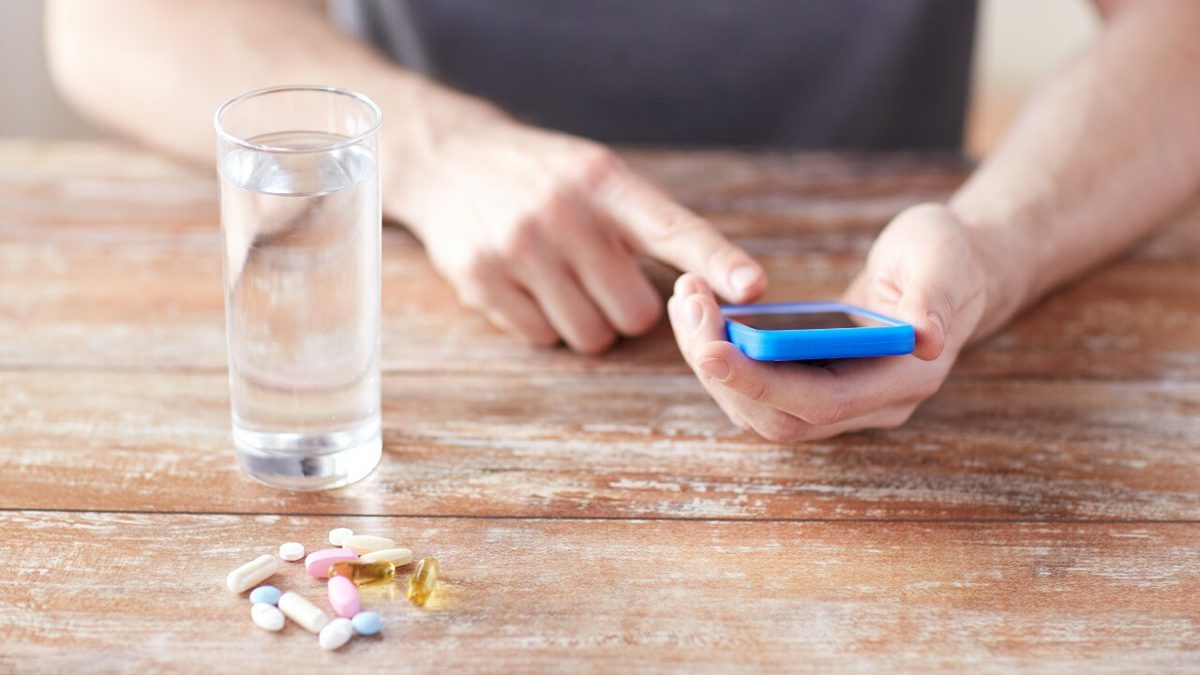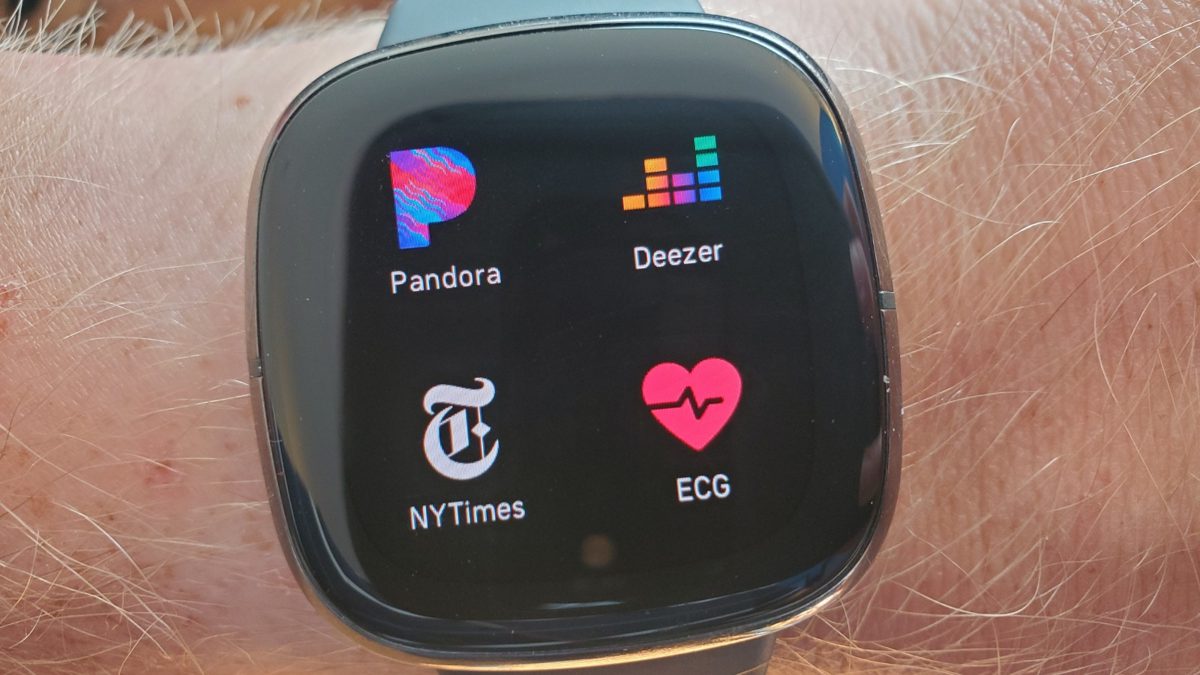Your iPhone offers a built-in Health app through which you’re able to track your health and fitness, monitor medical conditions, and access records from supported hospitals. Now, with iOS 16, you also have the ability to manage your medications.
Apple’s iOS 16 arrives in the fall, but early adopters can check it out now via the public beta. Download it and you’ll have the ability to add and track each of your medications, set reminders, and even learn about possible interactions between different medications that you take. Here’s how the new feature works.
Add Medications

In the Health app, swipe down the summary screen and tap Add a Medication under the Set Up Medications section. You can also click Browsethen select Medications under Health Categories and choose Add a Medication.

Start typing the name of your medication. If you see a match, tap the appropriate listing. Make sure you select not just the name but the correct dosage, if listed. If the medication doesn’t appear among the results, tap the camera icon to take a picture of it.

Tap the Get Started button and position the medication in the frame of the camera as instructed. If the medication is identified through the scan, tap the correct match. Again, be sure to select the correct name and dosage, if available.

Some medications are available in multiple forms, so you may be asked to choose between a topical cream, tablet, oral solution, or capsule form. If the dosage was not included when you added the medication, the next screen will ask you to choose the medication strength. Select the correct dosage and tap Next.

Any standard, FDA-approved medications should be identified by a search or scan. However, if you can’t find your meds, you can also manually add the name. To do this, tap Search by Name to add the medication, then tap Next.

If you manually add a medication because it can’t be identified by search or scan, you are asked to choose the medication type, such as capsule, liquid, cream, drops, or spray. You are then asked to choose the unit of measurement, eg, mg, g, or mL.
Set Frequency and Time

After you have entered a medication, you are then asked how often you take the medication and at what time of day. Tap Frequency and select the interval; At Regular Intervals, On Specific Days of the Week, As Needed. Then choose a start date and tap donate.
Select Add a time under Time of Day and enter the time that you take the medication. You can add more than one time if you take it more than once per day. Tap the 1 tablet link (assuming the medication is in tablet form) to change how many doses of the medication you take at each interval, then tap Next.
Confirm Shape and Color

You will need to confirm the shape and color of the pill you take. Tap the shape that best matches how the medication looks, then tap Next. Select the color that best matches the medication.

You can also assign a specific background color for the medication, if you need to differentiate one medicine from another, or to simply better highlight the image. Tap Next when finished.
Finalize Medication

Confirm the name, dosage, and schedule for the medication. If you need to change any details, tap the Back arrow at the upper left until you reach each previous screen. Otherwise, you can add optional details at this summary screen. When done, tap Next.

The next screen informs you of any potential interactions as you add more medications to the list. Select any of the displayed items that you use to see if there are any interactions between them and your medications. When finished, tap donate. You can then tap Add Medication if you need to add another medication.
Track Your Medications

Once everything has been added, you can view all the medications you take from the Summary screen. Check the Log section to see when you need to take each medication. The Your Medications section will display the names, dosages, and frequencies of the medications you take. You can also check drug interactions from the Interactions section.

Tap a specific medication to see its summary screen. If you need to change the schedule, tap the Edit link next to Schedule and enter a new interval and time. Swipe down further to see the details you entered. Tap Edit to modify any of these details.
Further down is the About section, which displays information about the medication. Tap side effects to read about any potential side effects for that medication.

You can edit the list of medications to remove any or change their order. Tap the Edit link next to Your Medications, then select the trash can icon next to any you no longer take and wish to remove. That medication is then added to the archived list in case you need to add it back to the active list in the future.
To modify the order in which the medications are listed, press down on the hamburger icon next to a specific listing and then drag and drop it up or down.

When it’s time to take one of your scheduled medications, your iPhone will remind you with a visual notification and audio tone. Tap the notification to see the scheduled medications. Tap the Taken button to indicate that you took a medication or choose the skipped button to indicate that you skipped the dose for now.
The Logged section of the Summary screen will display any medications you have taken for the day and indicate the time you took them.
.

